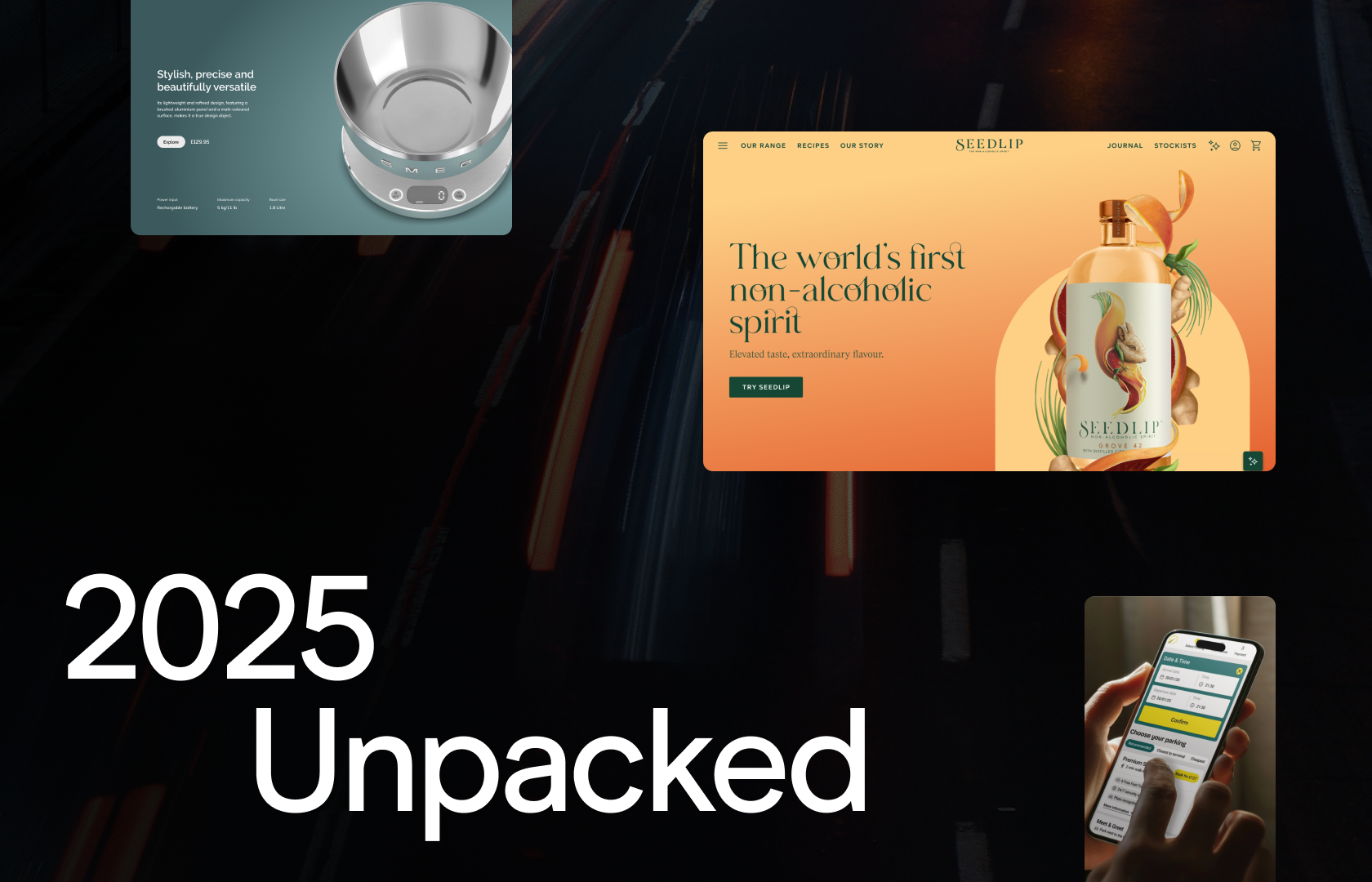For UNRVLD a client’s digital maturity is critical; as is their understanding of what transformation means for a certain department or for the organisation overall.
It is very rare that organisations truly understand the customer lifecycle. What we often see are fragments of comprehension, zeroing in on specific online or offline aspects of the overall customer experience. What organisations typically end up with as a result is a digital vision for the transformation / evolution and then various strands of work within disconnected pieces of the bigger picture. But the interconnections and dependencies between these strands become extremely murky and there are soon silos. This is often exacerbated by organisational silos (e.g. the traditional IT-business divide).
At UNRVLD we help our clients to overcome this challenge by working out how to connect up these silos. A useful way to think about them is as a series of swimlanes. We try to keep these in mind when working with our clients to drive transformational change. Usually, we concentrate on six key swimlanes:
Customer Experience – this is across every channel. We focus on all the points in the customer journey, online (web, app, chat, voice, etc.) and offline so we fully understand where the customer is interacting with an organisation. Some organisations have this bit down but it’s the other swimlanes that tend to be missing.
Channels – overlaying the experience, we indicate where an organisation is interacting with that user and start to consider its effectiveness (is this a candidate for a new approach, are we missing an interaction, etc.). We can take it a step further to bring value streams into this. What’s the conversion rate or value at each stage and could it be improved?
Processes – what is happening in the background at each of these touchpoints. Thinking to the concept of “Total Experience”, how effective are we at this stage. Could we be doing things better? Could we save an organisation money by doing things more efficiently?
Technology – what technology is being employed at each point, what’s it doing and who’s using it. In addition, what interactions do we have between technology at these touchpoints? Is the technology effective at the function we’re specifying? Do we need to replace it? Could we rethink how we integrate? The list goes on…
Data – what data does an organisation receive and how are they leveraging it? What is being missed?
Content – for effective transformation all of these swimlanes need to be interoperating.
You can go even further to layer in swimlanes for Content (what do we want to say, do we have the content and do we need to create / amend / replace / remove content) and Intent / Emotion (how is the customer feeling at this touchpoint, how do we want them to feel, etc.).
The aim is to bring everyone together so that we understand the big picture and, more importantly, how each “kingdom” in an organisation interfaces and interacts with another – all with the aim of driving effective digital transformation. It’s encouraging people to work as one.
Often, people are dissuaded from this as they fear that it is a big under taking and it will get out of date. Yes, there is some effort in pulling together the initial draft but it’s then a cultural and organisational shift to encourage people to see this as a living, breathing artifact that will evolve and grow and empowering relevant individuals to become the master of this. Introducing a steering group (with members from across the organisation) who are the guardians of the map and act as the gatekeepers for big technology decisions.
This is the answer to the second part around true representation. You need the perspectives from different corners of the organisation who can come together and build this big picture, always with the customer in mind as they’re the ones who spend the money to drive your revenue.
The topic focused on What are some of your strategies and approaches for incorporating AI while making it explainable, ethical, and productive?
Even now, post pandemic, with all of the human / workplace changes, customer experience expectations and the maturing of AI to a point where it will meaningfully impact the day to day work and experience of all of our teams and customers – many organisations are still relatively early in their “transformation journey”.
For some, simply enabling customers with more self-service capabilities and sales teams with better CRM connectivity could prove transformative.
For others, transformation will encompass a radical shift in how they view their business and how they will leverage digital and emerging AI capabilities to reach and serve customers in new channels, markets and with highly intelligent, automated methods.



